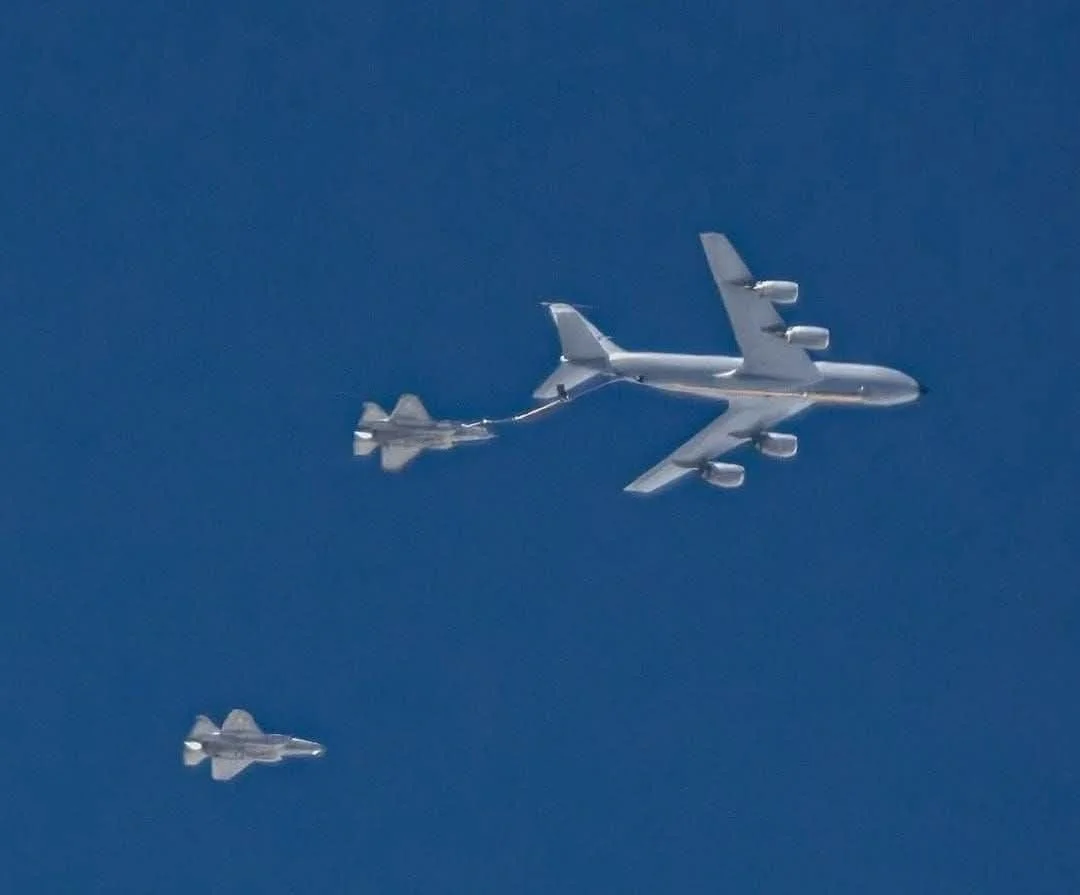Trump Confirms CIA Covert Operations in Venezuela as U.S. Escalates Lethal Counter-Drug Campaign
Executive Summary
President Donald Trump publicly confirmed CIA covert operations inside Venezuela on October 15, 2025, as the U.S. military stepped up lethal maritime interdictions in the Caribbean and flew B-52 bombers off Venezuela’s coast. The administration frames the moves as counter-narcotics and migration control; critics in Congress warn of creeping armed conflict absent clear legal authorities or oversight. The posture raises near-term escalation risks with the Maduro regime and external actors while testing the bounds of covert action and use-of-force policy in the Western Hemisphere.
Key Judgments
Public acknowledgment of CIA covert action in Venezuela marks a rare escalation that blurs the line between covert authorities and overt military pressure.
Evidence: Trump confirmed authorizing CIA activity in Venezuela and said the administration is “looking at land” operations, following weeks of deadly strikes against alleged drug boats (five since early September, 27 killed) and amid reports of a secret order broadening authorities.
A growing pattern of lethal maritime strikes and strategic bomber presence signals a broader coercive campaign against Maduro that extends beyond traditional counter-drug missions.
Evidence: At least five lethal attacks on small vessels in international waters since early September were paired on Oct. 15 with three B-52s orbiting for hours off Venezuela, alongside F-35s, tankers, MQ-9s, AC-130Js, and a sizable naval/amphibious presence in the Caribbean.
Legal and oversight concerns are mounting in Congress as the administration asserts “armed conflict” with cartels and reportedly designates traffickers as unlawful combatants.
Evidence: Bipartisan lawmakers (e.g., Sens. Jeanne Shaheen, Peter Welch, and Rand Paul) questioned the legal basis and evidence for lethal strikes and covert action; officials reportedly have not provided classified substantiation that targeted vessels carried narcotics.
Analysis
Trump’s on-record confirmation of CIA covert action in Venezuela is an inflection point: it publicly links intelligence operations to an overt military pressure campaign that now includes repeated lethal interdictions and strategic bomber signaling. Traditionally, counter-drug missions rely on interdiction, seizure, and prosecution, with the Coast Guard in the lead. The shift toward missile strikes on small craft—framed as necessary against “world-class speedboats”—recasts persistent transnational crime as a quasi-military problem and tests long-standing norms on when and how force is used outside declared warzones.
Operationally, the Caribbean theater now features layered U.S. presence: amphibious forces, Aegis ships, ISR platforms, Reapers, AC-130Js, and—on Oct. 15—B-52s orbiting in international airspace near Venezuela’s FIR. The bomber sorties function as both surveillance and strategic messaging, signaling capacity for standoff strikes against coastal or air-defense nodes should the campaign expand ashore. This posture is designed to deter Maduro and criminal facilitators, but it also raises the probability of miscalculation, especially if Venezuelan air defenses or fighter sorties probe U.S. aircraft or if a maritime engagement escalates.
Politically and legally, the administration’s assertion of being in an “armed conflict” with cartels and the reported treatment of traffickers as unlawful combatants shifts the legal frame from law enforcement to armed hostilities. That approach may lower operational thresholds for lethal action but invites judicial and congressional scrutiny, particularly if evidentiary standards for targeting remain opaque. Bipartisan pushback suggests oversight battles ahead, with demands for the underlying legal opinions, intelligence thresholds for lethal action, and the scope of CIA authorities in a country where regime-change implications are unavoidable.
For Venezuela and the region, the campaign compounds existing volatility. Maduro has threatened emergency measures and mobilized military exercises; reports of increased force protection and militia deployments point to a regime bracing for coercion. External actors—Russia and, to a lesser degree, China—may seek to raise costs through support to Venezuelan defenses, information operations, or presence missions, heightening great-power signaling risks in the hemisphere.
Strategically, the United States is pursuing a coercive ladder: maritime attrition of trafficking networks; publicized ISR and bomber presence; and the option space for limited land operations by intelligence or special operations elements. The benefits include faster tactical impact on smuggling corridors and pressure on regime-criminal nexuses. The risks include civilian harm controversies at sea, international law challenges, retaliatory detentions or seizures, and an escalatory spiral if a strike is perceived as targeting regime assets directly.
Bottom line: the convergence of covert action, lethal interdiction, and strategic air presence is reshaping the U.S. approach to Venezuela from sanctions-led containment toward a militarized deterrence and disruption model—one that delivers rapid effects but carries significant legal, diplomatic, and escalation hazards.


